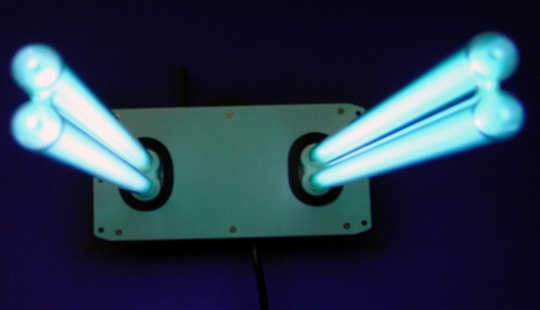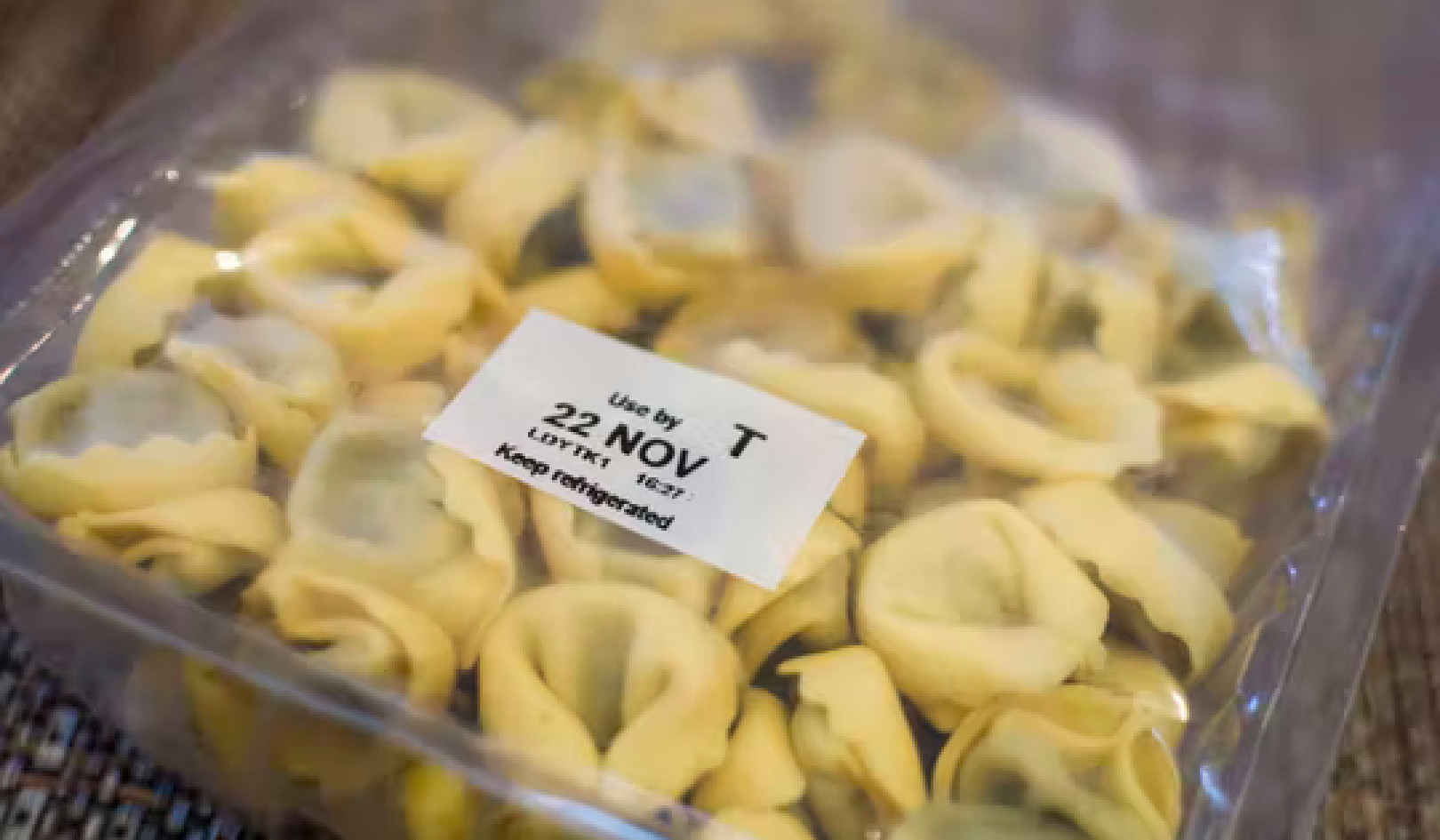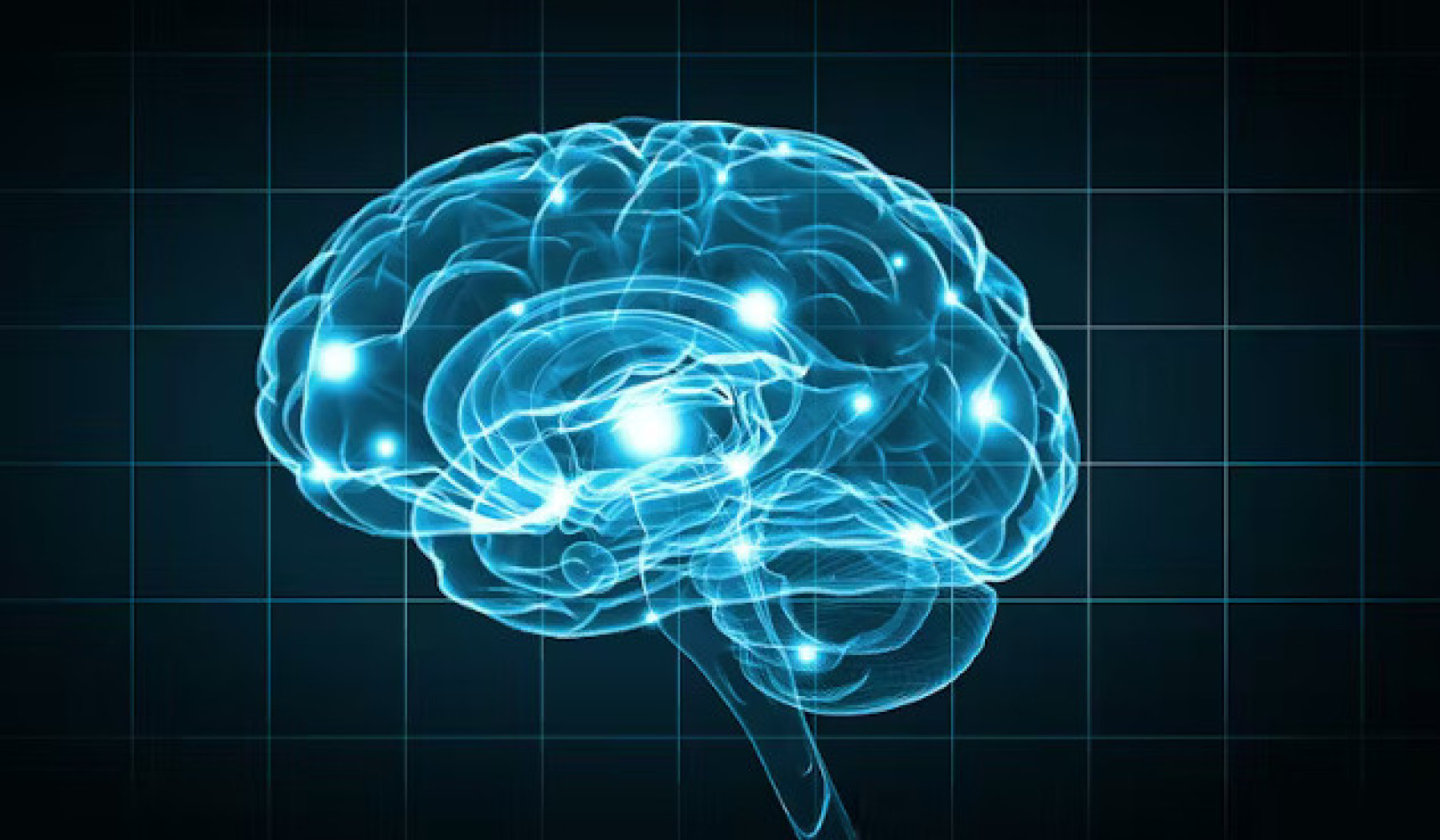
Tests of a new air-cleaning system show that it can remove a remarkably wide range of nasty particles while using very little energy.
Unlike other systems that burn or freeze the pollution or require frequent maintenance, the new GPAO system needs no filters, is energy efficient, and requires less maintenance, says Matthew Johnson, a professor of environmental chemistry at the University of Copenhagen, who invented it.
“As a chemist I have studied the natural ability of the atmosphere to clean itself. Nature cleans air in a process involving ozone, sunlight, and rain. Except for the rain, GPAO does the very same thing, but speeded up by a factor of a hundred thousand,” says Johnson.
In the GPAO system, the polluted gas is mixed with ozone in the presence of fluorescent lamps. This causes free radicals to form that attack pollution, forming sticky products that clump together. The products form fine particles which grow into a type of airborne dust. And whereas gas phase pollution was hard to remove, dust is easy. Just give it an electrostatically charged surface to stick to, and it goes no further.
“Anyone who has ever tried dusting a computer screen knows how well dust sticks to a charged surface. This effect means that we don’t need traditional filters, giving our system an advantage in working with large dilute airstreams”, says Johnson.
Patented in 2009, the system has been commercialized since 2013 and is already in use at an industrial site processing waste water. Here it eliminates foul smells from the process and saved the plant from being closed. A second industrial installation removes 96 percent of the smell generated by a factory making food for livestock.
Further testing by University of Copenhagen atmospheric chemists show that the GPAO system efficiently removes toxic fumes from fiberglass production and from an iron foundry, which emitted benzene, toluene, ethyl benzene, and xylene.
Another series of tests revealed that the system could easily remove the rotten egg smells of pig farming and wastewater treatment. It also eliminated odors from breweries, bakeries, food production, slaughterhouses, and other process industries. And that’s not all, says Johnson.
“Because the system eats dust, even hazardous particles such as pollen, spores, and viruses are removed,” says Johnson.
The findings appear in the journal Environmental Science and Technology.
Source: University of Copenhagen
Related Book:
at InnerSelf Market and Amazon






















